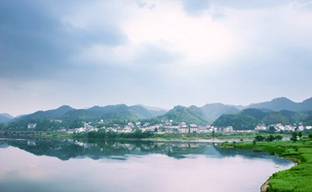Anhui Province is located in the east part of China along the middle and lower reaches of the Yangtze and Huaihe Rivers.
It is also called “Wan” for short, Because there was a mountain called “Mountain Wan” and an ancient nation named “Wan” in the Spring and Autumn period in Anhui (722 B.C.-481 B.C.). The sixth year of Kangxi's reign(A.D. 1667) in the Qing Dynasty first set the establishment of the province, and it was named Anhui according to the first characters of the prefectures Anqing and Huizhou in history.
The Province covers an area of 139,600 square kilometers. The population of Anhui province reached 64.61million by the end of 2004. Anhui has 17 main cities, namely Hefei, Huaibei, Suzhou, Bozhou, Bengbu, Fuyang, Huannan, Chuzhou, Liu'an, Ma'anshan, Chaohu, Wuhu, Xuancheng, Tongling, Chizhou, Anqing and Huangshan, 5 county-level cities and 56 counties.
Anhui Province is rich in tourism resources and has about 200 cultural and natural attractions. The cultural relics of Anhui Province are unique, and Shexian County, Shouxian County and Haozhou City are all famous historic and cultural cities at the state level. The Ming and Qing Dynasties folk houses, ancestral temples, stone pai-lous and memorial archways are numerous, artful in design and exquisite in sculpture. They are masterpieces of the Chinese folk architecture. The traditional handicrafts are varied, among which Xuanzhou paper, She ink stone, Anhui ink stick have experienced a long history and have been the treasures of the four writing instruments.



